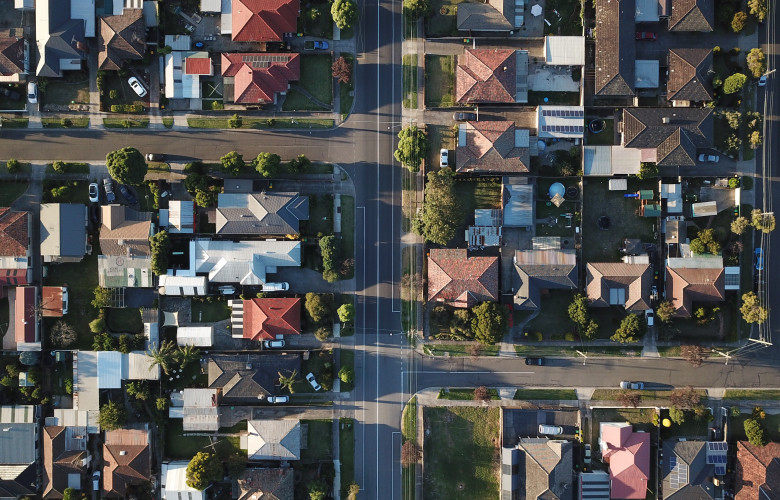Housing downturn crippling GDP growth
Contact
Housing downturn crippling GDP growth
Figures from the Australian Bureau of Statistics reveal the housing downturn is stunting GDP growth, and the RBA is getting anxious about it.
The decline in residential building activity is hurting GDP growth, according to figures released by the Australia Bureau of Statistics (ABS).
New home building activity fell by 3.6 per cent during the final quarter of 2018 while home renovation activity declined by 3.1 per cent.
“Leading indicators of residential building activity gave fair warning that this result was coming. Sales of new residential lots, new home sales, building approvals and housing finance all deteriorated quite significantly during the latter stages of 2018,” said Geordan Murray, senior economist for the Housing Industry Association.
"The tightening in the lending environment made life difficult for would-be buyers, while domestic and overseas investors had already retreated from the market."
The RBA is concerned the housing downturn will begin spilling over into other parts of the economy.
At its February meeting, the RBA noted that: “if prices were to fall much further, consumption could be weaker than forecast, which would result in lower GDP growth, higher unemployment and lower inflation than forecast”.
The RBA is acknowledging that falling property prices could lead to slower economic growth, higher unemployment, and could make it more difficult to return inflation to the midpoint of its 2 - 3 per cent inflation target.
The RBA noted that “dwelling investment was also expected to decline more sharply than previously expected, consistent with the decline in residential building approvals and the fall in housing prices”.
It also noted that the decline in consumption seen in the September quarter, coupled with the slowdown in retail sales towards the end of last year may have been influenced by “lower housing prices and reduced housing market activity”.
"Uncertainty about the recent momentum of consumption and factors affecting households’ future consumption decisions remained a key risk for the domestic economic outlook," the RBA said.
But despite the decline in activity at the end of 2018, Mr Murray says there is a large amount of residential building work to be done on projects that are still under construction.
"But the pipeline of new projects is not as abundant as it once was. The softening in leading indicators suggest that as existing projects reach completion there will be fewer new projects starting," Mr Murray said.
He predicts residential building will continue to ease.
“Over the next few years, residential building is forecast to continue easing back from the record high levels achieved over the past couple of years and will continue to be a headwind for economic growth as this cycle unfolds.
"An orderly downturn will be dependent on the resilience of the broader economy. It is promising that the public sector investment contributed to growth, but the household sector holds the key. Growth in household consumption continues to underwhelm.
"The result shortens the odds that the next interest rate move will be a cut,” Mr Murray said.
Related reading:
Pipeline of home building shrinking at a "concerning rate"
Building approvals rebound in 2019
Residential building construction to slip after $68.7 billion "all-time high"






